Featured Panoramic Photo Above:
Classic Charles Conlon photo of Ty Cobb sliding into Jimmy Austin
Baseball History Comes Alive Now Ranked As a Top Five Website by Feedspot Among All Baseball History Websites and Blogs!
(Check out Feedspot's list of the Top 35 Baseball History websites and blogs)

Guest Submissions from Our Readers Always Welcome! Click for details
Subscribe to Baseball History Comes Alive for automatic updates (sign-up block found in right side-bar)
As a Free Bonus for subscribing, you’ll get instant access to my two Special Reports: Memorable World Series Moments and Gary’s Handy Dandy World Series Reference Guide!
George Brace Photo Gallery
Click on any image below to see photos in full size and to start Photo Gallery:
Great Baseball Photo Collections, Part I
The George Brace Collection
“He lived and breathed baseball. It was his work, his play. The files of photographs are everywhere in the house,” – Mary Brace, describing the work of her father, famed baseball photographer George Brace.
I think it’s a safe assumption that most of us enjoy looking at old baseball photos, especially those old black-and white collections from the first half of the twentieth century when baseball was at its peak as the national pastime. Great photographers like Charles Conlon, George Burke, George Brace, Leslie Jones, and Barney Stein come readily to mind.
Part of the attraction for us is that old baseball photos serve as our visual connection to the game’s glorious past. They also capture interesting glimpses of early twentieth-century Americana, when life just seemed to be a bit simpler. It was a time when stars like Babe Ruth, Lou Gehrig, and Joe DiMaggio were larger than life, when baseball was played in a much purer form, and when money didn’t dominate the game to the extent it does today. No one had yet heard of launch angles, pitch counts, WAR, or Win Shares. And so we gravitate to these great photo collections, savoring the memories left for us to enjoy from days gone by.
Today, I’m starting a new series that will feature some of these great collections. In Part I, I’m going to showcase a sampling of the treasure trove left to us by George Brace. It always amazes me how many of the photos we view as classics are the handiwork of George Brace. Many of the photos shown on this website over the years have been from the Brace collection.
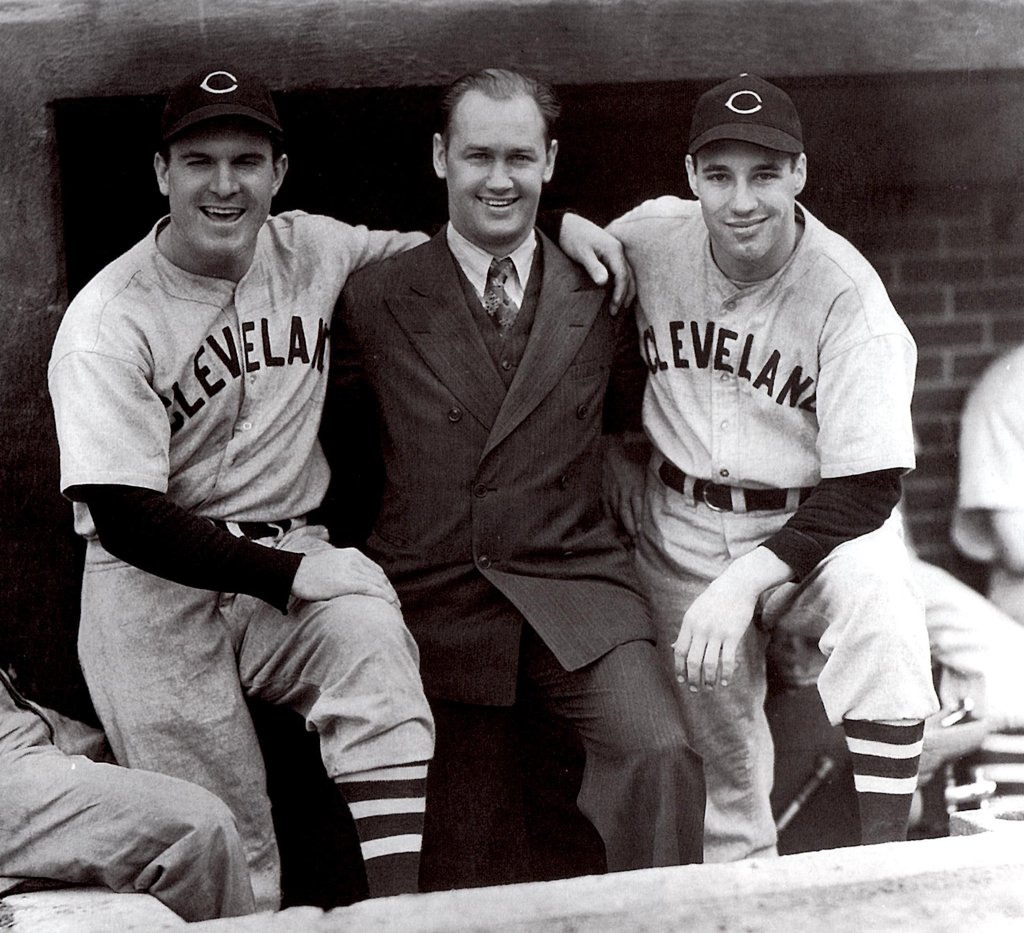
George Brace learned his photography skills in Chicago in 1929 as an apprentice to George Burke, who himself was also a great baseball photographer. He worked in an era when men wore suits and ties to games and women wore dresses and fancy hats. Until his retirement 64 years later in 1994, Brace could be found at nearly every series at Wrigley Field and Comiskey Park while also working nighttime swing shifts to provide for his family. Fortunate to be working in a city with two major league teams, he chronicled the career of virtually every major leaguer who passed through Chicago, including the game’s biggest stars. He also captured its journeymen and subs, and the ancillaries working on the fringes of the game. It’s estimated that the Brace collection has images of more than 10,000 players and baseball personnel and over 200 Hall of Famers.
He was on hand to capture many of baseball’s most historic moments. Well-known photos from the first All-Star game at Comiskey Park in 1933 are his handiwork. He was there to record Babe Ruth’s famous “Called Shot” during the 1932 World Series. Back in 1938, in the days when photographers were allowed on the field during games, Brace was just twenty feet away from home plate when Gabby Hartnett hit his “Homer in the Gloamin’.” He was in the White Sox dugout for Bob Feller’s Opening Day no-hitter in 1940, and he was there to capture scenes from Jackie Robinson’s historic debut season of 1947. In 1937 he recorded classic photos of the planting of the ivy at Wrigley Field, the construction of the bleachers, and the building of the famous Wrigley Field scoreboard.
In his book, The Game That Was, author Richard Cahan described the essence of George Brace’s photography:
“The photographs, particularly the old black-and-whites, are warm, unpretentious portraits of a lost age when players had the time and the inclination to mug for the camera, when stars were not too aloof to chat with a young photographer.”
Brace also had a knack for capturing the baseball experience “outside the white lines.” Very few of his most famous photos are action shots from the game itself. Rather, he was a genius at posing ballplayers with just the right touch of warmth and subtlety, as the featured photo of Babe Ruth and wife Claire exhibits so well.
Brace’s subjects never look hurried or put upon; but rather have a relaxed look, as if they were being photographed by a friend. And in many cases, he was a friend, often invited to attend parties and other social gatherings in players’ homes. He was included on hunting trips and could even be found in spas in Hot Springs, Arkansas mingling with players. He became very close to Lou Gehrig who, according to Brace’s daughter, order hundreds of Brace photos over the years.
Brace found scenes to photograph in unusual places. He enjoyed capturing players warming up, chatting among themselves, or just having fun. He often caught them offguard, hanging around traditional baseball enclaves like the clubhouse, the dugout, or the batting cage. Baseball families—parents, wives and children—were always high on his list. Nobody connected to the game escaped his attention: umpires, vendors, ball boys, cigarette girls, trainers, security guards, cops, ticket-takers, mascots, and even groundskeepers. As he once said: “Anything in uniform, if it was baseball, I photographed it.”
George Brace passed away in 2002 in his hometown of Chicago at the age of 89, leaving behind a legacy of baseball treasures. Many of his classic photographs have appeared in national magazines and baseball books over the years. Others are on display in the Baseball Hall of Fame in Cooperstown. I invite you to take a few moments to glance through the photo gallery above which features a wide selection of some of my favorites. My hope is that you’ll enjoy them as much as I do.
Gary Livacari
Information: Excerpts edited from article on George Brace from the Chicago Tribune

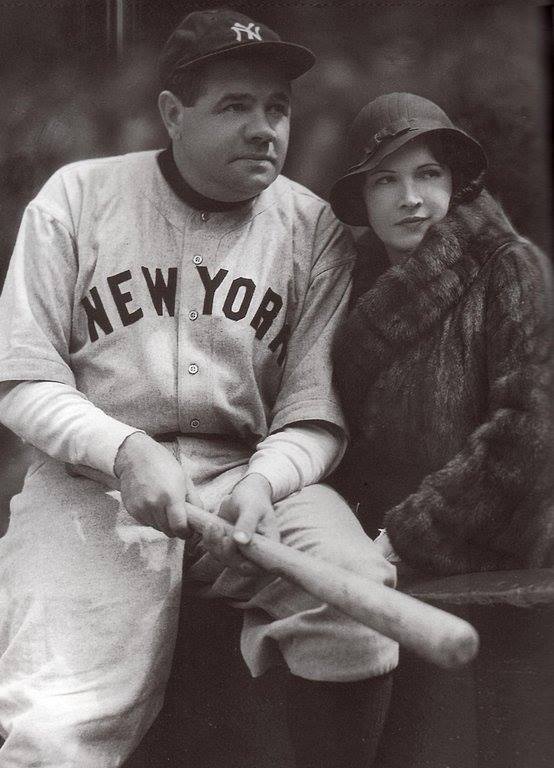
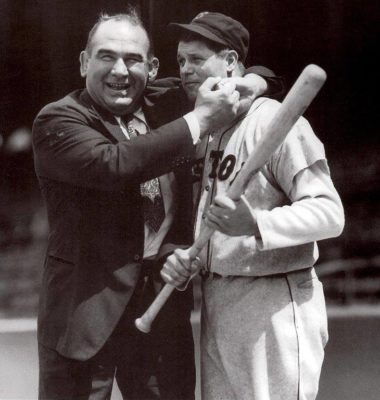
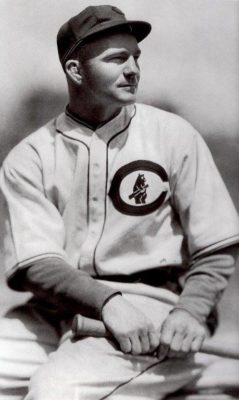
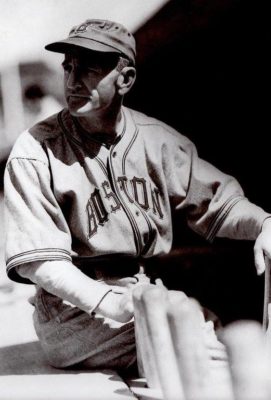
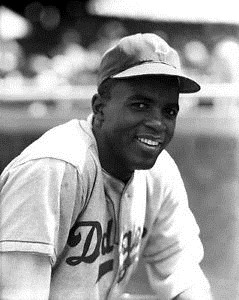
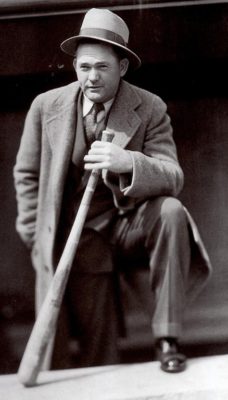
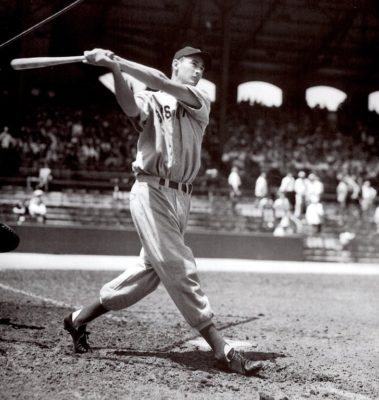
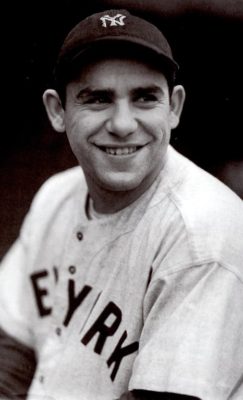
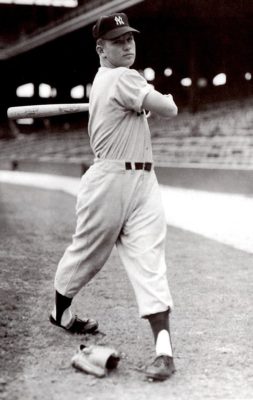
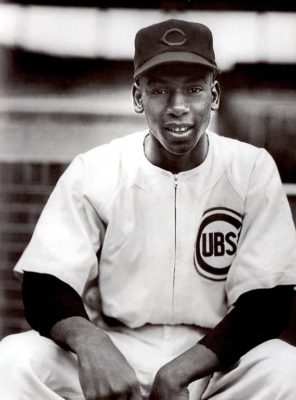
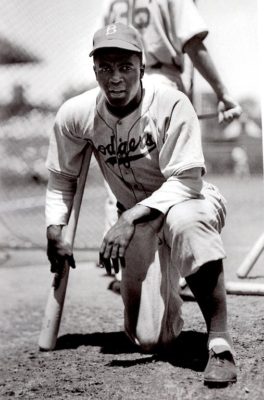
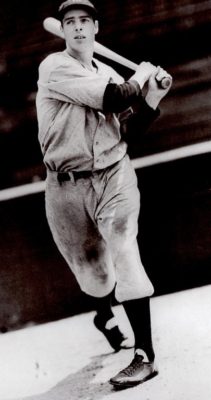
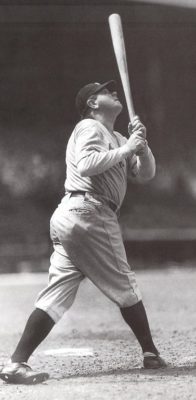
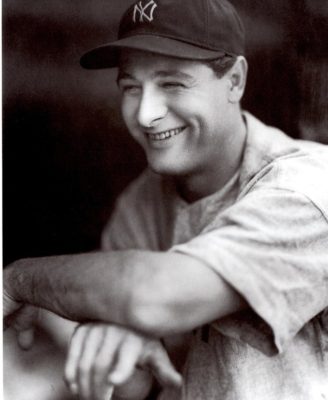
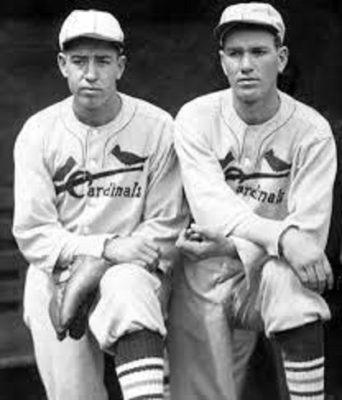
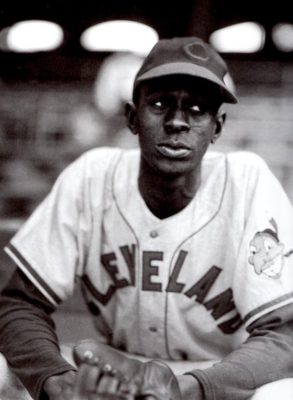
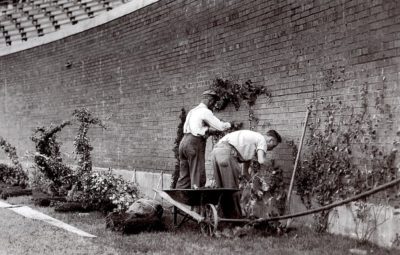
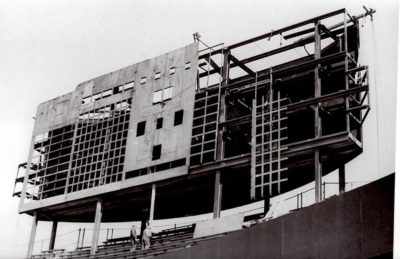
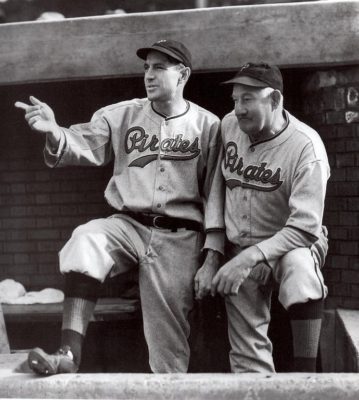
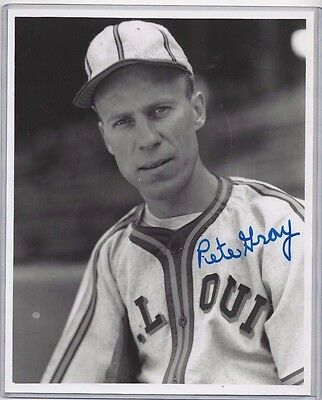
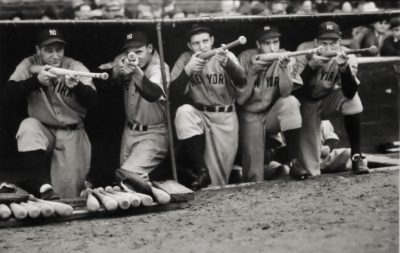

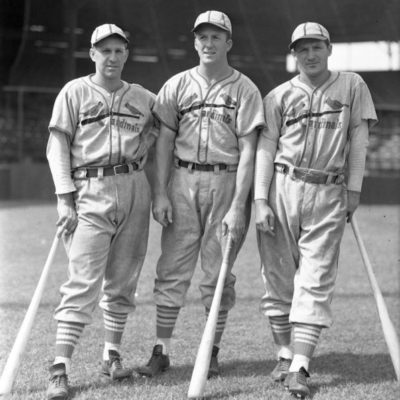
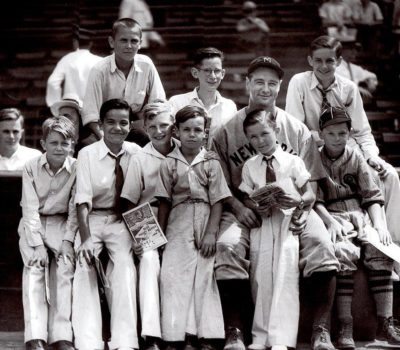
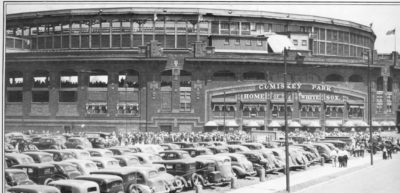
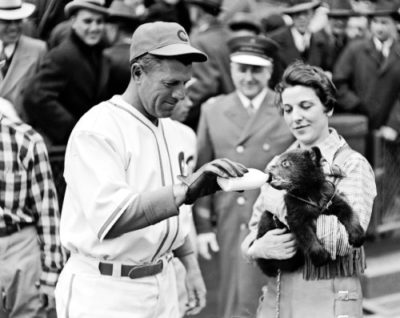
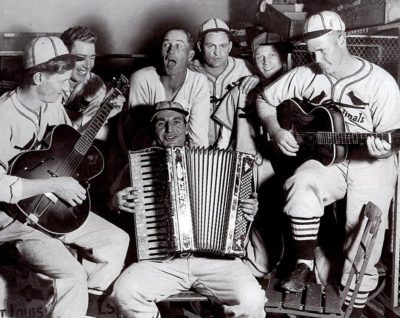
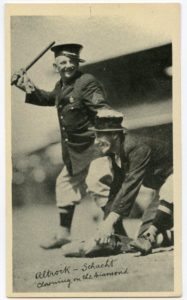
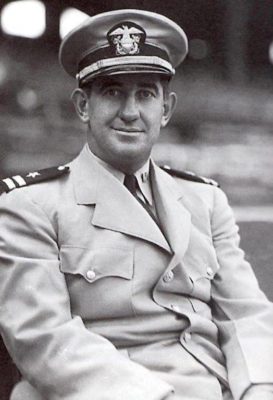
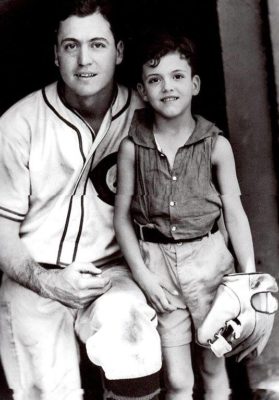
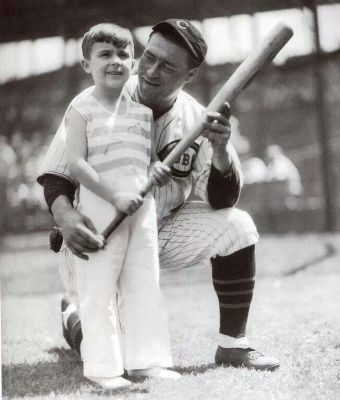
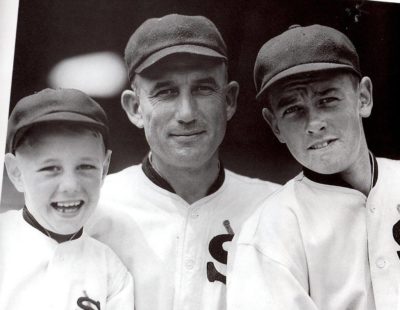
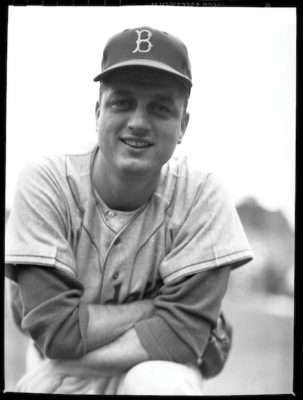
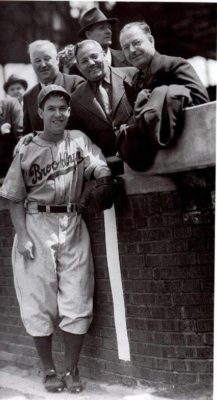
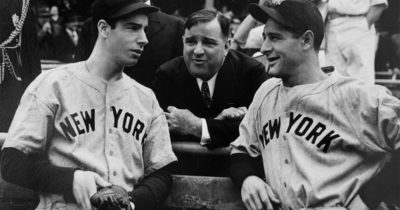
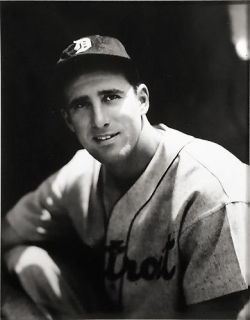
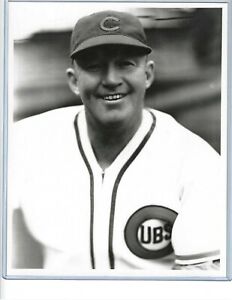
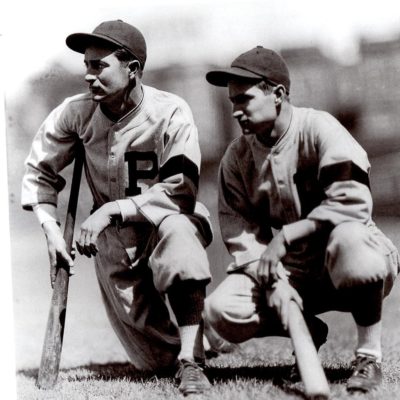
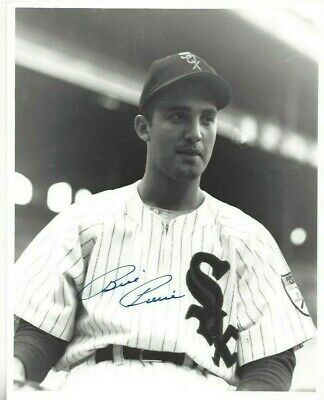
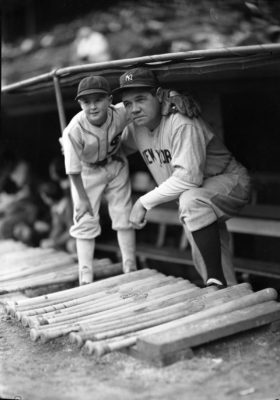
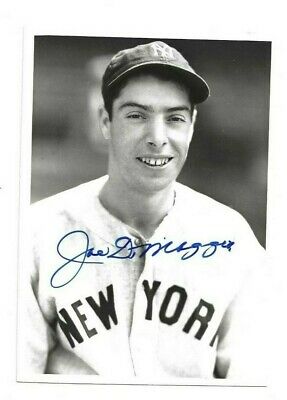
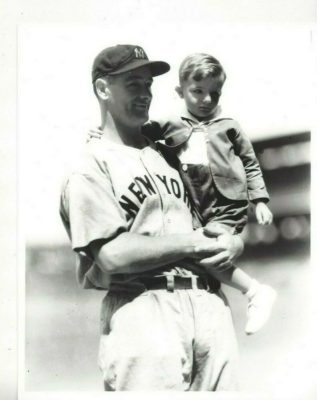
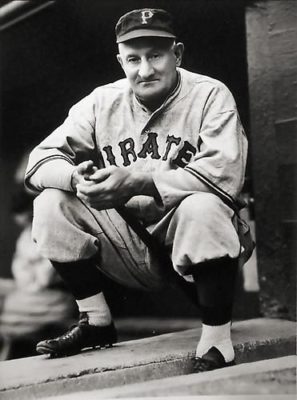
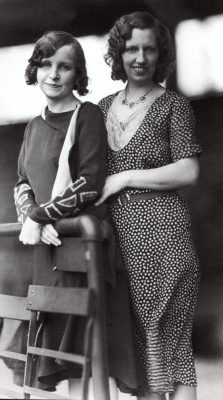
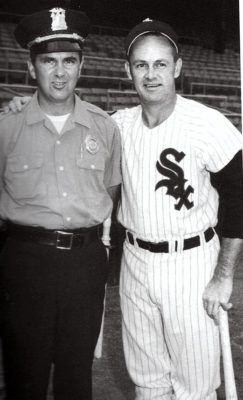
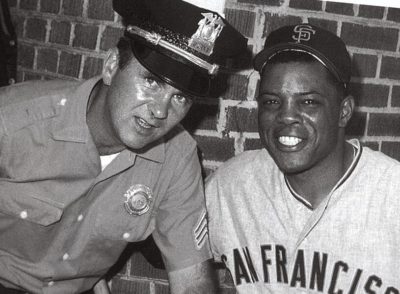
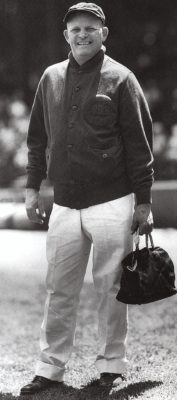
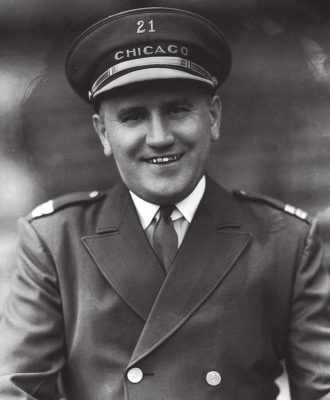

Love your page!!! ⚾️👍🏻
Thanks Chuck…glad to have you with us!
Wonderful photos and a great write-up about not only a fine photographer, but of another time in the game that we’ll never see again. Totally enjoyable.
Thanks for the post. A very enjoyable read!
Thanks Mark
Outstanding, Gary, and thank you. Just as I was thinking each picture here told its own story without the need for an accompanying narrative, your very descriptive text scrolled up in time to prove me wrong.
George Brace was a craftsman — and so is Gary Livacari.
Best wishes,
Michael
Thanks for the kind words, Michael, greatly appreciated…I could only dream about being in his league!